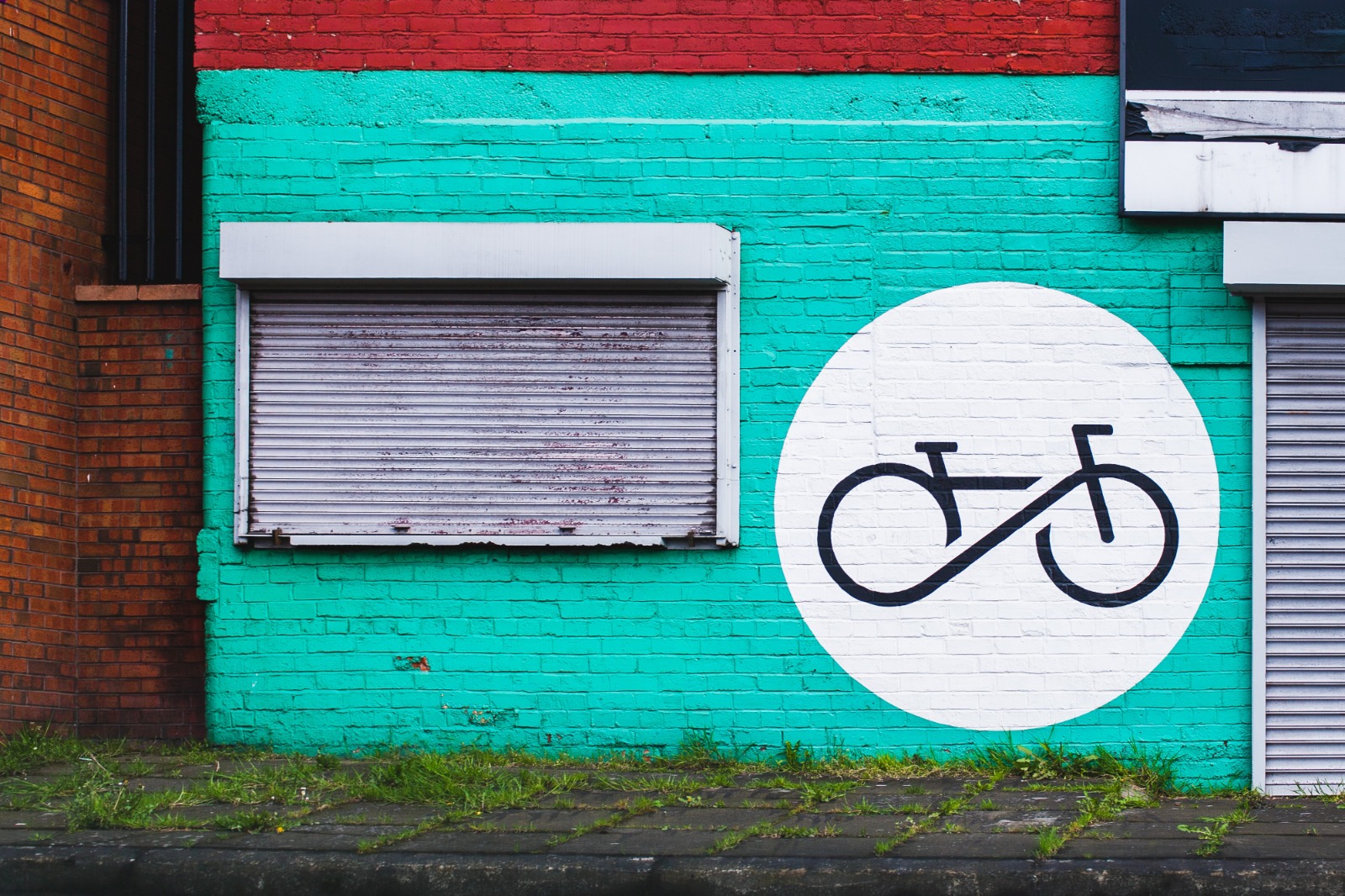A critical priority shift – UK Highway Code changes
Amendments to The Highway Code, including the hierarchy of road-users and the 'Dutch Reach' are set to change from 29th January 2022.
27th Jan 2022


In the summer of 2020, a number of cycling and walking measures were announced alongside the release of the Cycling and Walking Plan for England, published by the Department for Transport (DfT). The plan set out a vision for change in England’s streets, towns and communities. Well-received by those seeking a future with cleaner and safer roads, the plan included a much-needed Highway Code review.
The Highway Code is what shapes the culture of UK roads, and for those interested in seeing a priority shift for road users, three of the most important changes are:
- An explicit road user hierarchy, with vulnerable road users at the top. This means priority for those walking and cycling over those turning at side roads.
- Rules on giving enough space when overtaking cyclists.
- Detail on road positioning and riding two abreast, which aim to clarify a common source of conflict and confusion, even with roads police.
According to the DfT, cars have dominated our roads for more than 40 years as private vehicle journeys have made up more than three-quarters of all passenger journeys since 1970. Even with the pandemic causing the number of cars on roads to drop momentarily, a shift in the UK’s road user dominance has been greatly needed – and it’s fantastic that change is now in the air.
With the new rules coming into force from January 29, 2022, Passenger’s CEO Tom Quay hopes that the changes to the Highway Code could spark a long-term mindset shift around public transport safety.
“Public transport operators and their suppliers can only do so much to encourage more people to leave their cars at home and travel more sustainably. A great deal has been done already – from more reliable journey planning with new tech innovations, to introducing discount incentives. However, public transport use is still falling at an alarming rate.
The number of passenger journeys made on public transport vehicles dropped by 68% in the financial year ending 2021
Transport Statistics for Great Britain, 2021
The latest Transport Statistics for Great Britain report showed the number of passenger journeys made on public transport vehicles dropped by 68% in the financial year ending 2021, compared to that of 2020.
“With this in mind, it’s evident that the government needs to take action, and the new changes to the Highway Code are a hugely positive step. There is a perception that car drivers ‘own’ the roads, in ever-increasing traffic congestion. This has created unnecessary resentment between different road users, and cars are seen as the top of the priority list of road users – despite being the most environmentally damaging and least efficient way for large numbers of people to use the roads.
“With the new changes to the Highway Code about to become official, drivers of larger vehicles will have a legal responsibility to look after more vulnerable road users. This means road priority will shift and start with the most vulnerable – pedestrians – and drivers will have to be far more conscious of their whereabouts.
The most vulnerable road users are pedestrians, cyclists, motorcyclists and horse riders. It is particularly important to be aware of children, older and disabled people, and learner and inexperienced drivers and riders.
Rule 204, Highway Code
“What’s more, the onus is not entirely on car, bus, and lorry drivers. Cyclists will also need to give way to pedestrians. Rather than singling out one group, giving everyone a level of responsibility will help build respect and appreciation for others. This will, over time, reassure people that modes of transport besides their car are safe for both them and their loved ones, and inspire a positive change in travel choices.
“However, this enhanced feeling of safety will only come if the changes to the Highway Code are clearly and consistently communicated to everyone. The Department of Transport needs to really deliver on their communications campaign so that every single road user understands and adopts the changes.
Now the law is official, a concerted effort needs to be made to embed the message. We can then make strides in achieving the mindset shift needed to get more people using more sustainable means of transport, in line with the National Bus Strategy.”
Tags
Share this article

Newsletter
We care about protecting your data. Here’s our Privacy Policy.
Related news

Start your journey with Passenger
If you want to learn more, request a demo or talk to someone who can help you take the next step forwards, just drop us a line.